Subscribe to our YouTube channel for the latest videos, updates, and tips.
Adding 2-Digit Numbers with Regrouping (Video)
Here we will learn adding 2-digit numbers with regrouping and start working with easy numbers to get acquainted with the addition of two numbers.
Regrouping Tens and Ones:
In the addition of numbers, if the sum of digits in the ones column is more than 9, then we regroup the sum.
Look at the example:
This is called regrouping of ones to tens and ones. Regrouping makes the addition easier.
Adding 2-Digit Numbers with Regrouping Video
Subscribe to our YouTube channel for the latest videos, updates, and tips.
1. Let us add 35 and 27.
5 tens 12 ones can be regrouped as
So, 35 + 27 = 6 tens 2 ones = 62
Note:
We never write two digits together under any place. Left digit always belongs to the next place.
Let us take the following example:
2. Sam has collected 24 leaves and Jane has 7 leaves. How many leaves they have in all?
3. Let us add 17 and 26.
Start by adding the ones. 7 ones and 6 ones are 13 ones.
But 13 ones = 1 ten and 3 ones.
So, regroup the ones by making another bundle of 10 matchsticks.
3 loose matchsticks are left.
Add the tens. 1 ten, 1 ten (regrouped) and 2 tens make 4 tens.
So, the sum of 17 and 26 is 43.
Let us take another example.
4. 38 + 14 = ?
38 + 14 = 52
Note:
In addition 'regrouping' is also known as 'carry over'.
How to add two two-digit numbers with carrying?
Let us follow the steps and start learning adding 2-digit numbers with regrouping with the help of these examples.
1. Now, let us add 17 and 26 the short way.
Write the numbers one below the other as shown.
|
Step I: Add the ones. 7 ones + 6 ones = 13 ones Regroup: 13 ones = 1 ten and 3 ones Write 3 in the ones place. Carry over 1 ten and write it under 'T'. Step II: Add the tens. 1 ten (carried over) + 1 ten + 2 tens = 4 tens Write 4 in the tens place. |
T O 1 1 7 + 2 6 4 3 |
The sum is 43.
2. 45 + 37
(i) First arrange the numbers vertically so that the tens' place digits and ones' place digits are lined up which means in simple one number should be written above the other number. Draw a line under the bottom number.
(ii) Add the ones
place digits. Add (5 + 7 = 12). Place 2 in the ones column and place 1 above
the tens column as shown.
(iii) Then add the tens' place digits. Add (4 + 3 + 1 = 8) and place 8 in the tens column as shown.
(iv) The answer of the sum 45 + 37 is 82.
Method II: 45 + 37
Add the ones place:
5 ones + 7 ones = 12 ones
Regroup 12 ones
12 ones = 10 ones + 2 ones
= 1 ten + 2 ones
Place 2 in the ones answer column and place 1 in the tens carry-up column.
Add the tens place:
4 tens +3 tens + 1 tens = 8 tens
Place 8 in the tens answer column.
So, adding 45 + 37 = 82.
3. 58 + 39
(i) First arrange the numbers vertically so that the tens' place digits and ones' place digits are lined up which means in simple one number should be written above the other number. Draw a line under the bottom number.
(ii) Add the ones place digits. Add (8 + 7 = 17). Place 7 in the ones column and place 1 above the tens column as shown.
(iii) Then add
the tens' place digits. Add (5 + 3 + 1 = 9) and place 9 in the tens column as
shown.
(iv) The answer of the sum 58 + 39 is 97.
Method II: 58 + 39
Add the ones place:
8 ones + 9 ones = 17 ones
Regroup 17 ones
17 ones = 10 ones + 7 ones
= 1 ten + 7 ones
Place 7 in the ones answer column and place 1 in the tens carry-up column.
Add the tens place:
5 tens +3 tens + 1 tens = 9 tens
Place 9 in the tens answer column.
So, adding 58 + 39 = 97.
Regrouping Tens to Hundreds:
When the sum of digits in the tens place is more than 9, then we regroup the number in tens and hundreds.
4. Let us add 93 and 21
10 tens is one hundred
|
5. Let us add 49 and 64. Add the ones and regroup 9 ones + 4 ones = 13 ones. 13 ones = 1 ten and 3 ones Write 3 in ones place and carry over 1 ten to the tens column. Add the tens 1 + 4 + 6 = 11 tens 11 tens = 1 hundred and 1 ten Write 1 ten at tens place and carry over 1 hundred to hundreds column. |
|
6. Let us add 28, 34 and 50. Add the ones and regroup 8 ones + 4 ones + 0 ones = 12 ones. 12 ones = 1 ten and 2 ones Write 2 in ones place and carry over 1 ten to the tens column. Add the tens 1 + 2 + 3 + 5 = 11 tens 11 tens = 1 hundred and 1 ten
Write 1 ten at tens place and carry over 1 hundred to hundreds column. |
7. A shopkeeper had 54 toy cars and 28 planes. How many toy cars and planes did the shopkeeper have in all?
54 + 28 = ?
|
Step I: First add the ones. 4 + 8 = 12 ones. Write 2 under ones column and carry 1 tens to the tens column. |
So, there are 82 toy cars and plane in all.
Worksheet on Adding 2-Digit Numbers with Regrouping:
1. Add the following Regrouping Tens and Ones:
(i) 34 + 8
(ii) 16 + 9
(iii) 38 + 5
(iv) 88 + 3
(v) 73 + 8
(vi) 49 + 3
Answer:
1. (i) 42
(ii) 25
(iii) 43
(iv) 91
(v) 81
(vi) 52
2. Add the following Regrouping Tens and Ones:
(i) 37 + 55
(ii) 37 + 26
(iii) 29 + 66
(iv) 56 + 27
(v) 19 + 73
(vi) 13 + 77
(vii) 62 + 29
(viii) 36 + 46
(ix) 28 + 17
(x) 25 + 47
(xi) 13 + 39
(xii) 54 + 17
Answer:
2. (i) 92
(ii) 63
(iii) 95
(iv) 83
(v) 92
(vi) 90
(vii) 91
(viii) 82
(ix) 45
(x) 72
(xi) 52
(xii) 71
3. Add the following Regrouping Tens to Hundreds:
(i) 76 + 92
(ii) 21 + 84
(iii) 99 + 86
(iv) 87 + 55
(v) 44 + 96
(vi) 59 + 66
(vii) 32 + 91
(viii) 41 + 77
(ix) 82 + 38
(x) 24 + 95
(xi) 90 + 60
(xii) 51 + 82
Answer:
3. (i) 168
(ii) 105
(iii) 185
(iv) 142
(v) 140
(vi) 125
(vii) 123
(viii) 118
(ix) 120
(x) 119
(xi) 150
(xii) 133
From Adding 2-Digit Numbers with Regrouping to HOME PAGE
Didn't find what you were looking for? Or want to know more information about Math Only Math. Use this Google Search to find what you need.
Recent Articles
-
5th Grade Circle Worksheet | Free Worksheet with Answer |Practice Math
Jul 10, 25 11:41 AM
In 5th Grade Circle Worksheet you will get different types of questions on parts of a circle, relation between radius and diameter, interior of a circle, exterior of a circle and construction of circl… -
Construction of a Circle | Working Rules | Step-by-step Explanation |
Jul 09, 25 01:29 AM
Construction of a Circle when the length of its Radius is given. Working Rules | Step I: Open the compass such that its pointer be put on initial point (i.e. O) of ruler / scale and the pencil-end be… -
Combination of Addition and Subtraction | Mixed Addition & Subtraction
Jul 08, 25 02:32 PM
We will discuss here about the combination of addition and subtraction. The rules which can be used to solve the sums involving addition (+) and subtraction (-) together are: I: First add -
Addition & Subtraction Together |Combination of addition & subtraction
Jul 08, 25 02:23 PM
We will solve the different types of problems involving addition and subtraction together. To show the problem involving both addition and subtraction, we first group all the numbers with ‘+’ and… -
5th Grade Circle | Radius, Interior and Exterior of a Circle|Worksheet
Jul 08, 25 09:55 AM
A circle is the set of all those point in a plane whose distance from a fixed point remains constant. The fixed point is called the centre of the circle and the constant distance is known
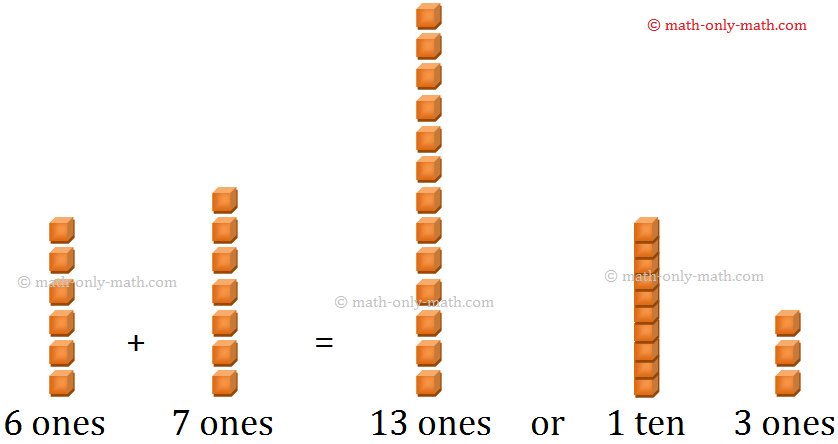
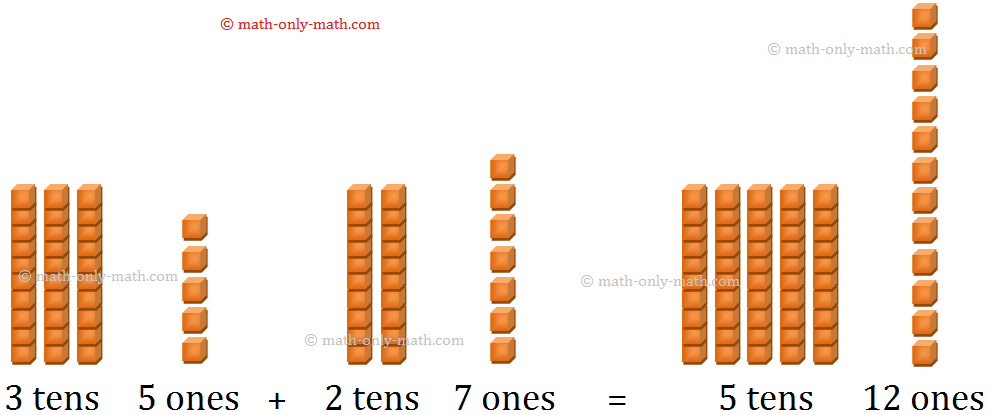

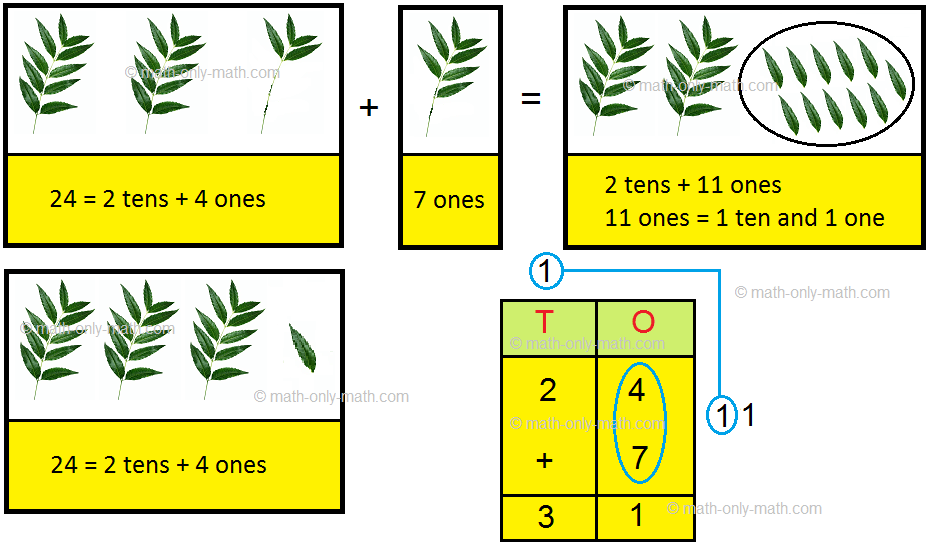


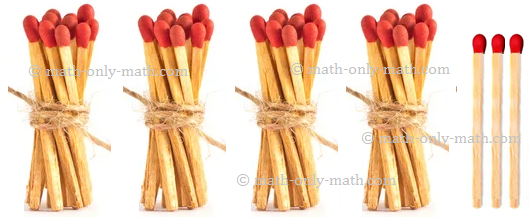









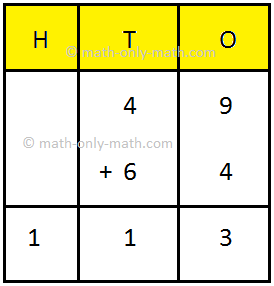
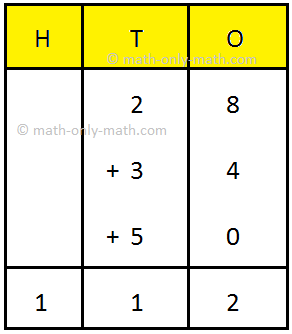
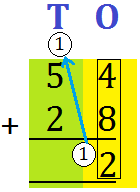
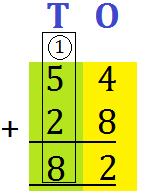
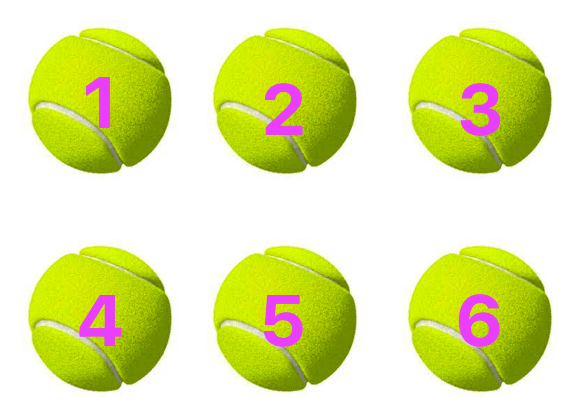
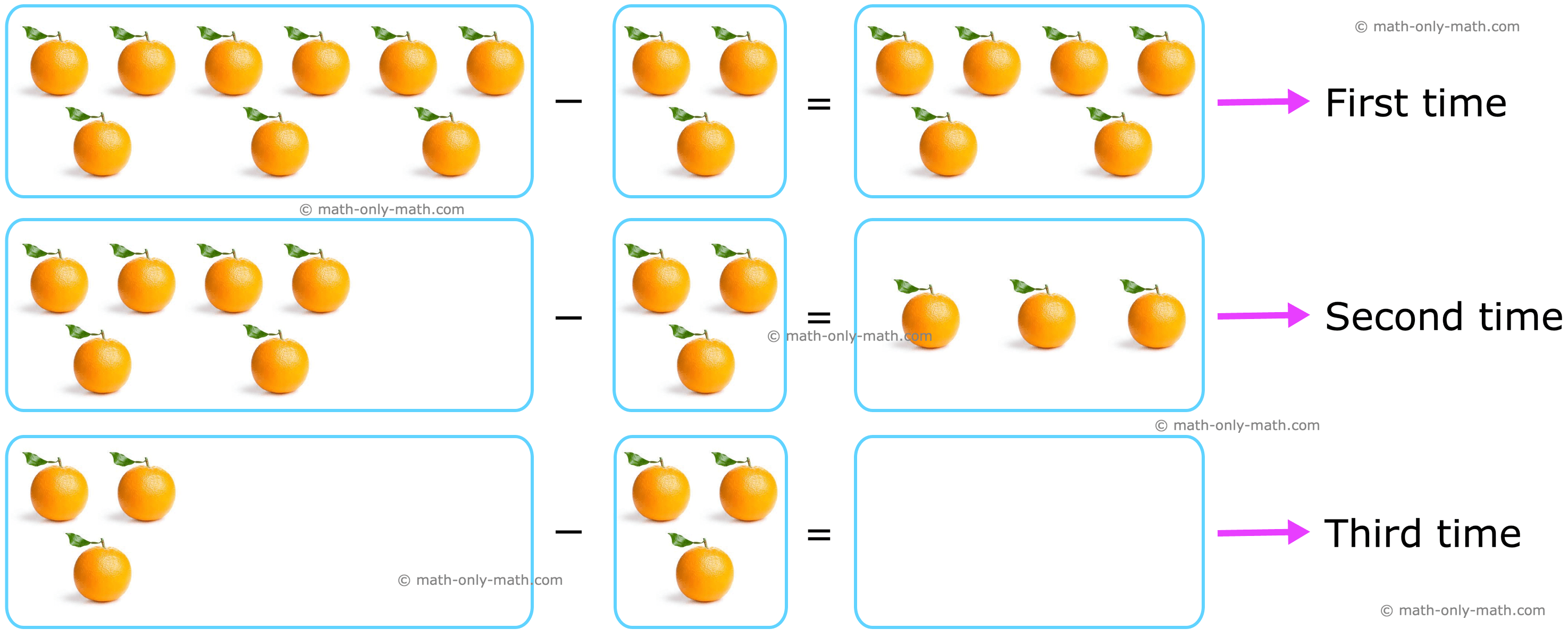
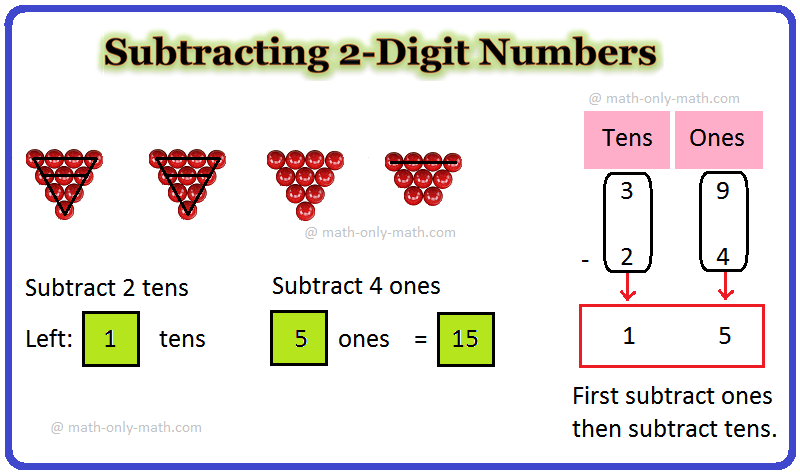


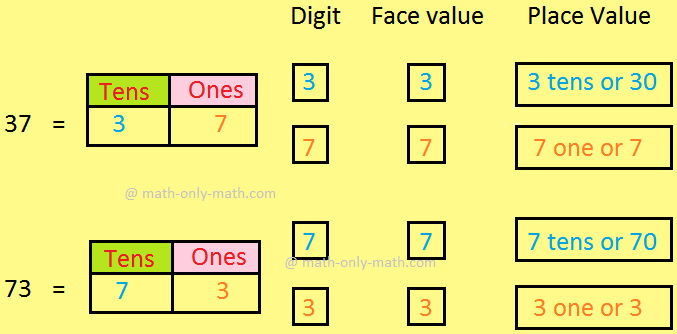


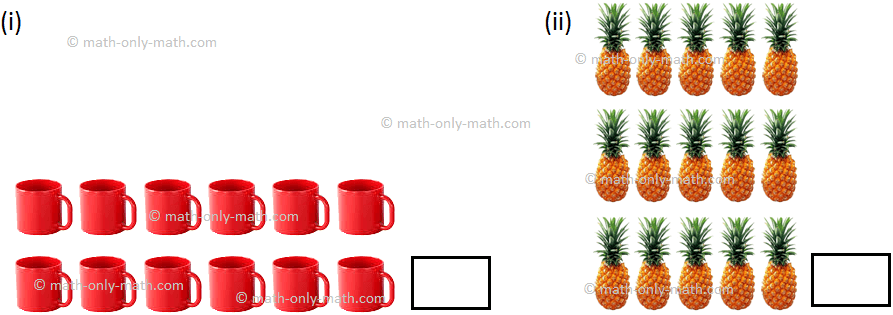
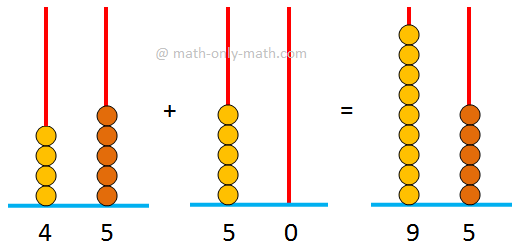
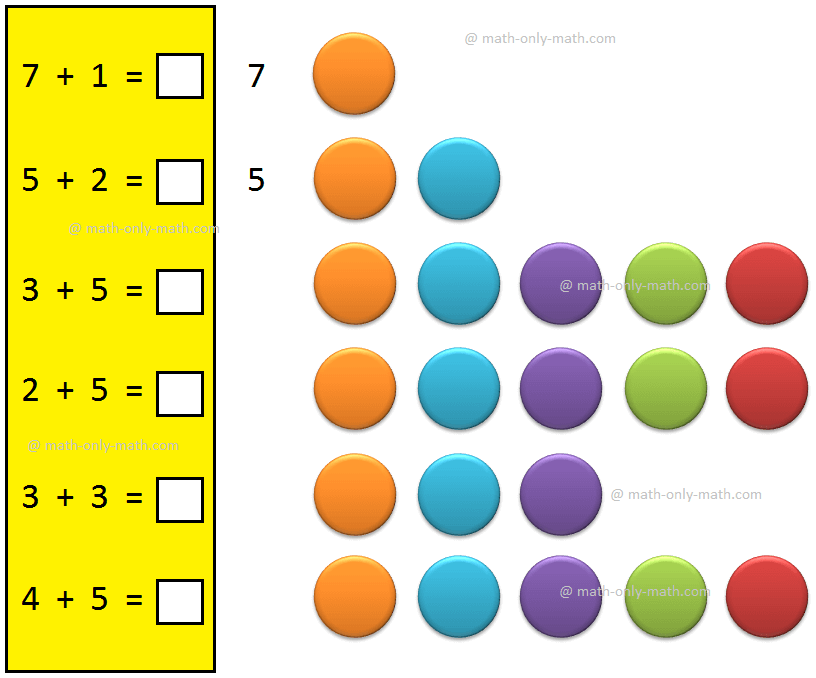



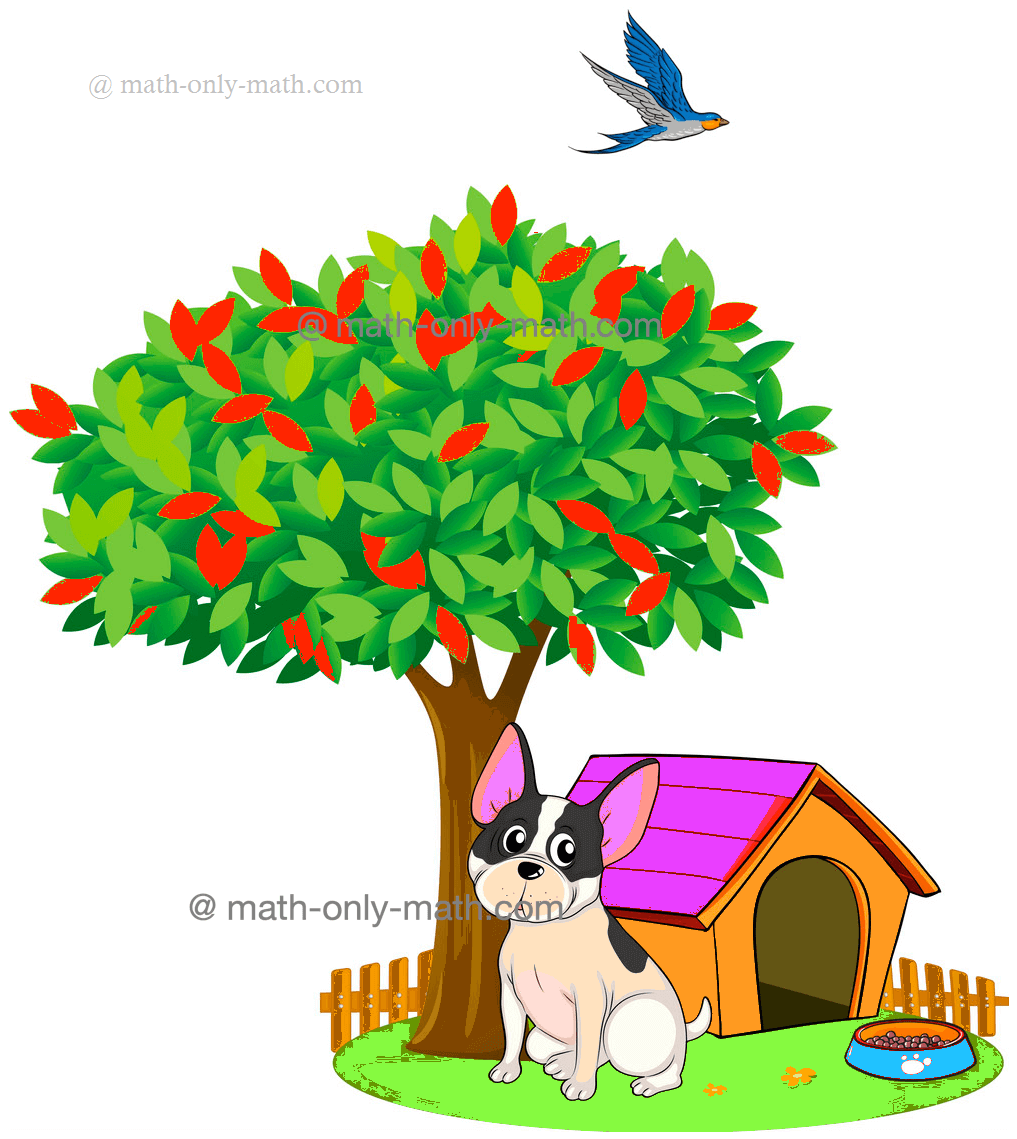



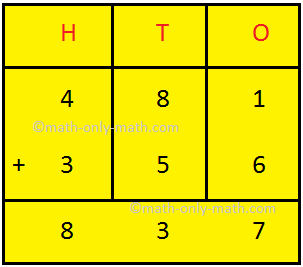
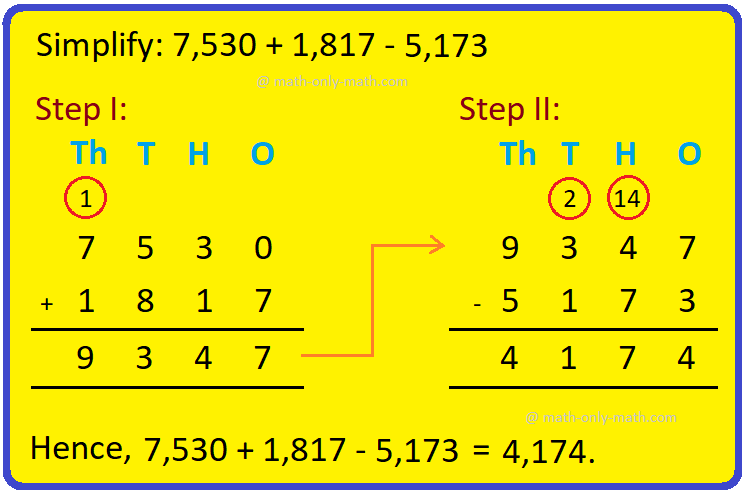
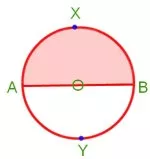
New! Comments
Have your say about what you just read! Leave me a comment in the box below. Ask a Question or Answer a Question.